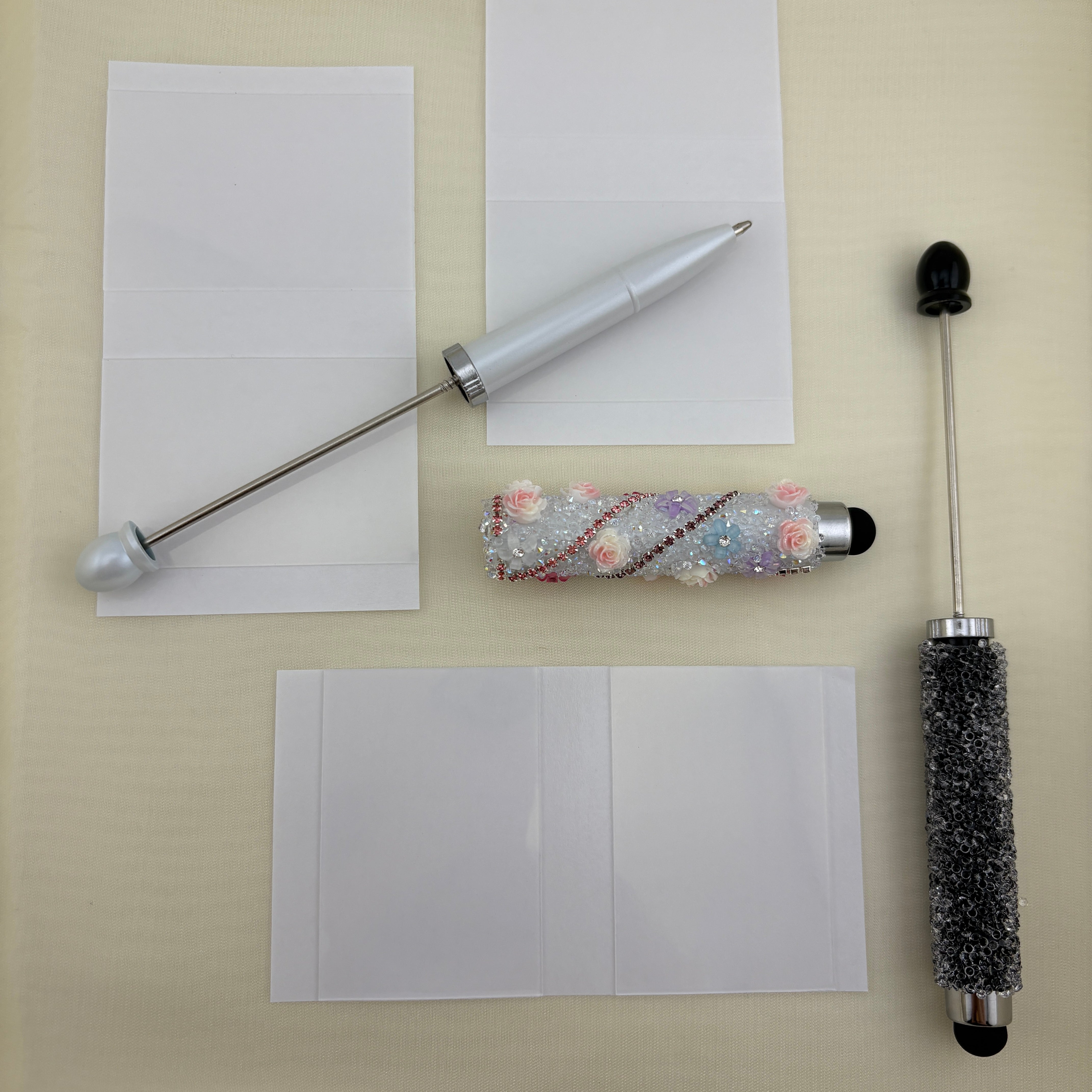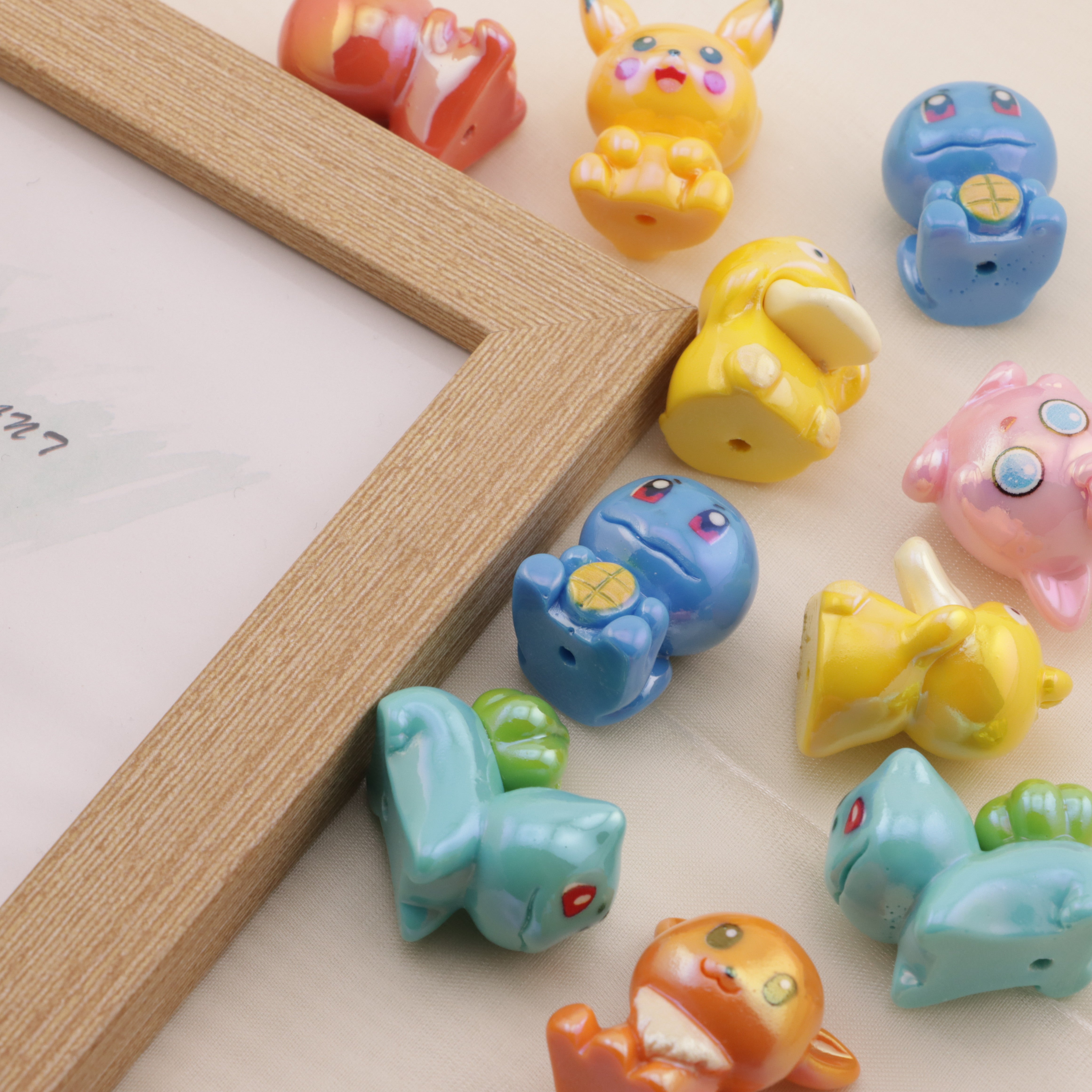 When you procure beading needles to stock your wholesale business, the level of knowledge you have on the different types determines the success rates of your customers. Blunt beading needles have a blunt end that is used to easily pierce through materials, and are used in beadwork on fabrics and leatherwork. These needles are simply the best when your do-it-yourself customers require making complex patterns onto the fabric surfaces.
When you procure beading needles to stock your wholesale business, the level of knowledge you have on the different types determines the success rates of your customers. Blunt beading needles have a blunt end that is used to easily pierce through materials, and are used in beadwork on fabrics and leatherwork. These needles are simply the best when your do-it-yourself customers require making complex patterns onto the fabric surfaces.
Beading needles are essential tools for creating beautiful jewelry, decorative items, and crafts. Understanding the different types and sizes, along with proper techniques, will help you achieve professional-looking results in your DIY projects.
Types and Sizes of Beading Needles
Needle Types
Ball-End Needles
● Feature a small ball at the tip instead of a sharp point
● Available in 0.7mm thickness for 50mm length and 0.5mm thickness for 20mm length
● Perfect for working with delicate beads that might crack with sharp needles
● Available in both gold and silver finishes
Straight Beading Needles  ● Traditional long, thin needles ranging from 45mm to 127mm in length
● Traditional long, thin needles ranging from 45mm to 127mm in length
● Come in various gauges (thicknesses)
● The most versatile type for general beading work
● Packaged in protective tubes for safe storage
Eye Needles
● Feature loops at one end instead of traditional eyes
● Available in both silver and gold finishes
● Easier to thread, especially for beginners
● Various lengths available for different project needs
Mixed Needle Sets
● Include multiple types: threading needles, test tubes, and accessories
● Often come with needle threaders and storage containers
● Perfect starter sets for beginners
Needle Sizes
Beading needles come in various lengths to accommodate different projects:
● 12.5cm - Longest needles for deep stringing work
● 11.5cm - Long needles for multi-strand projects
● 10cm - Medium length for general beading
● 7.5cm - Short needles for detailed work
● 5.5cm - Very short for tight spaces
● 4.5cm - Shortest for precision work
Step-by-Step Guide to Using Beading Needles
Step 1: Choose the Right Needle
● Select needle length based on your project size
● Choose thickness based on bead hole size
● Use ball-end needles for fragile beads
● Use eye needles if you have difficulty threading
Step 2: Prepare Your Thread
● Cut thread 4-6 times longer than your desired finished length
● Use a thread conditioner to prevent tangling
● For thick threads, use eye needles for easier threading
Step 3: Threading the Needle
● For traditional needles: Pinch thread end and push through eye
● For eye needles: Simply loop thread through the wire eye
● Use a needle threader if having difficulty
● Leave a 6-inch tail for knotting
Step 4: Secure Your Starting Point
● Tie a knot at the thread end
● For jewelry: attach to a crimp bead or clasp
● For decorative work: anchor to your base material
● Double-check security before proceeding
Step 5: Begin Beading
● Hold needle firmly but not tightly
● Insert needle straight through bead holes
● Pull thread completely through each bead
● Maintain consistent tension throughout
Working with Different Bead Types
● Small seed beads: Use thin needles (size 12-15)
● Large beads: Use thicker, shorter needles
● Delicate beads: Always use ball-end needles
● Heavy beads: Use strong thread and secure knotting
Professional Tips for Success
Needle Care
● Store needles in protective tubes or cases
● Keep different sizes organized and labeled
● Replace bent or damaged needles immediately
● Clean needles between projects to prevent residue buildup
Thread Management
● Use appropriate thread weight for your beads
● Consider thread color - it may show through transparent beads
● Keep thread conditioner handy to reduce tangling
● Work in good lighting to see thread and needle clearly
Technique Refinement
● Practice on sample pieces before starting final projects
● Maintain consistent tension for even results
● Take breaks to prevent hand fatigue
● Keep tools organized and within easy reach
Common Troubleshooting
Needle Won't Go Through Bead
● Check if needle is too thick for bead hole
● Try a thinner needle or ball-end style
● Gently rotate needle while inserting
Thread Keeps Tangling
● Use thread conditioner
● Work with shorter thread lengths
● Check for rough edges on beads that might catch thread
Needle Keeps Bending
● Use appropriate needle length for your project
● Don't force needle through tight spaces
● Consider switching to a sturdier needle type
With practice and the right tools, beading needles will become an extension of your creativity, allowing you to bring your DIY jewelry and craft visions to life with precision and ease.
Problems and Solutions with Beading Needles
Severe beadwork can also result in the creation of bent needles. Prevention entails handling techniques and restraint of excessive force in the case of opposition. Your wholesale clients find value in knowing how they can decide when it is cheaper to buy needles than to attempt to repair them.
The problem of thread tangling is usually caused by the inappropriate threading or thread signs that are worn. Training your customers on how to periodically inspect needles avoids grinds that delay production and wastage of material. Round needle eyes guarantee that the thread moves easily during beading processes.
Breaking of a needle usually means a disparity between needle size and excessive impact of force. Distributing size guides to your wholesale customers means they will purchase the right type of needles that suit their usage thus there is reduced breakage of tools and timeliness of projects.
Maximizing Efficiency in Wholesale Beading Operations
The batch processing methods of rhinestone beading needles enhance the volume of production to your DIY wholesale customers. Having a range of needles threaded in different colors means that one can quickly change elements of design without the time lag of re-threading.
Quality control processes guarantee consistency in the performance of needles over production. The frequency of needle inspection and replacement as well as standards ensure that the quality of your products precedes your customers to their end consumers.
Beading needle inventory management must balance cost effectiveness and reliability of the operation. Stocking an optimal level will not only prevent downtimes on production but it also does not push the carrying costs too high at the expense of the profitability.
For bulk purchasing of premium beading needles and DIY bead supplies, click here!



